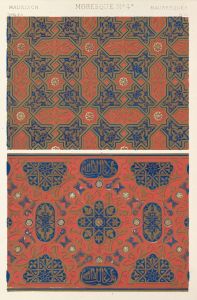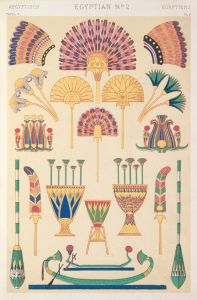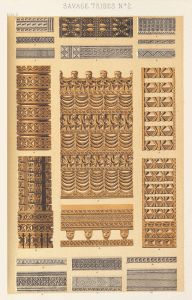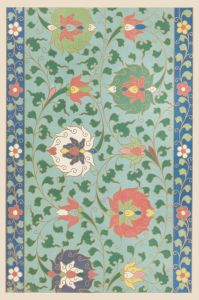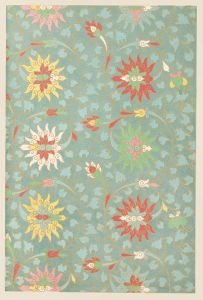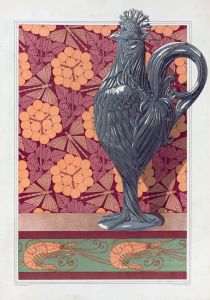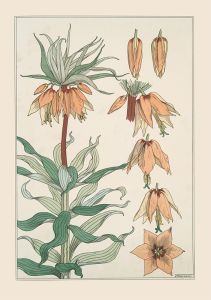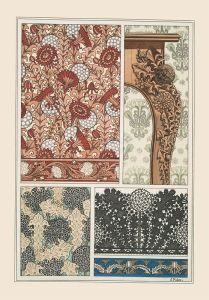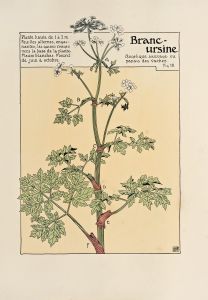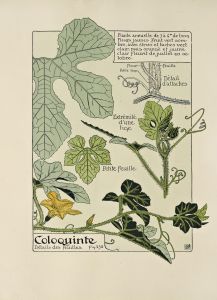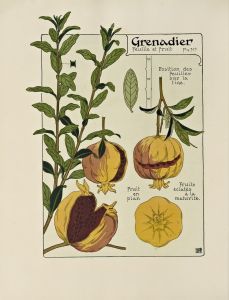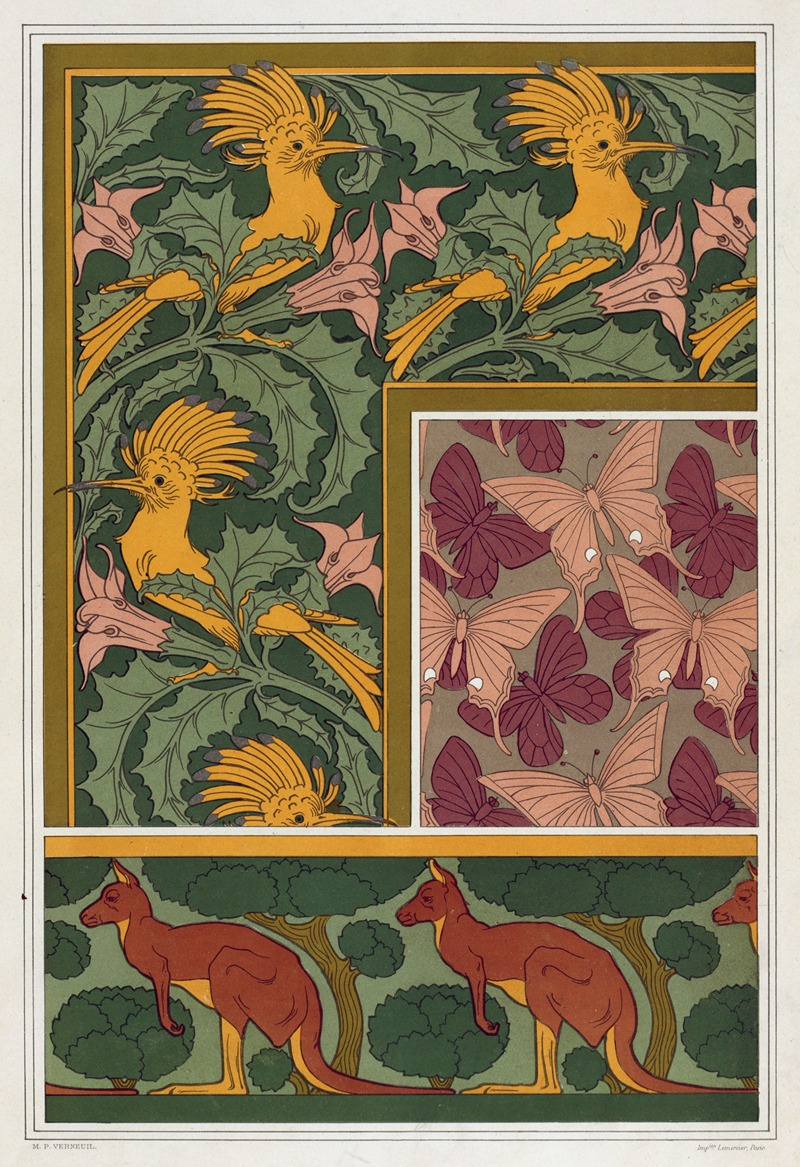
Huppes et stramoine, bordure. Papillons, étoffe de soie. Kangourou et arbres, bordure.
A hand-painted replica of Maurice Pillard Verneuil’s masterpiece Huppes et stramoine, bordure. Papillons, étoffe de soie. Kangourou et arbres, bordure., meticulously crafted by professional artists to capture the true essence of the original. Each piece is created with museum-quality canvas and rare mineral pigments, carefully painted by experienced artists with delicate brushstrokes and rich, layered colors to perfectly recreate the texture of the original artwork. Unlike machine-printed reproductions, this hand-painted version brings the painting to life, infused with the artist’s emotions and skill in every stroke. Whether for personal collection or home decoration, it instantly elevates the artistic atmosphere of any space.
Maurice Pillard Verneuil was a notable French artist and designer, recognized for his contributions to the Art Nouveau movement. Born in 1869, Verneuil's work spanned various forms of decorative arts, including textiles, ceramics, and graphic design. His style is characterized by the use of natural motifs, vibrant colors, and intricate patterns, which were typical of the Art Nouveau period.
One of Verneuil's works, "Huppes et stramoine, bordure. Papillons, étoffe de soie. Kangourou et arbres, bordure," exemplifies his artistic approach. This piece is part of a series of designs that showcase his ability to blend natural elements with decorative borders, a common theme in his oeuvre. The title of the work suggests a combination of motifs: "huppes" refers to hoopoes, a type of bird known for its distinctive crown of feathers; "stramoine" is the French term for thorn apple or jimsonweed, a plant with spiky fruit and trumpet-shaped flowers; "papillons" means butterflies; "étoffe de soie" translates to silk fabric; "kangourou" is the French word for kangaroo; and "arbres" means trees. These elements indicate a rich tapestry of flora and fauna, rendered in a decorative style.
Verneuil's work often drew inspiration from the natural world, and he was known for his ability to stylize these elements into harmonious compositions. The use of hoopoes and butterflies suggests a focus on avian and insect life, while the inclusion of kangaroos and trees introduces a more exotic and diverse range of subjects. This diversity reflects the Art Nouveau fascination with the natural world and the era's interest in exploring and incorporating elements from different cultures and environments.
The mention of "étoffe de soie" or silk fabric indicates that this design might have been intended for textile production, a common application of Verneuil's work. During the late 19th and early 20th centuries, textile design was a significant aspect of the decorative arts, and artists like Verneuil played a crucial role in creating patterns that were both aesthetically pleasing and suitable for mass production.
Verneuil's designs were not only artistic expressions but also practical applications in everyday objects, bridging the gap between art and functionality. His work in textile design, ceramics, and other decorative arts contributed to the dissemination of Art Nouveau aesthetics across Europe and beyond.
While specific details about the creation and use of "Huppes et stramoine, bordure. Papillons, étoffe de soie. Kangourou et arbres, bordure" are limited, it is clear that this piece is representative of Verneuil's broader body of work. His ability to integrate natural motifs into decorative designs made him a key figure in the Art Nouveau movement, influencing both his contemporaries and future generations of artists and designers.





